
Rekha Dhondiyal
Children are designed to create something new on their own. It’s inherent in them. If we recognize this, half our battle is won. The problem is how to trigger this thought process? The trick is to jump into writing without much thought. Too much analysis causes paralysis. If it is turned into a fun activity where they are free to pen down their free flowing ideas their way, quick and encouraging results show. Let them be, is a credo to go by. A few do’s are ok but don’ts are taboo. Sitting in judgement over their write-ups is a big no-no. To appreciate them publicly, for every attempt made ,is a must. Starting with topics from their immediate world is a great idea because that is what they know best. Lots of fun and rib-tickling moments await the teacher as she watches them bloom and flower into budding writers.
Points that could help teachers achieve some success are given below:
1. Make an announcement in class that it’s Funday and not Monday. See them sit up! Tell them it’s only Creative writing that gives them a chance to write what they please. They are free to begin with the end or end with the beginning. In short unleash their imagination without fear.
2. Children learn best by example, so excite them with a short story with a dramatic beginning, an interesting middle and a surprise ending. Impromptu drama and humour put up by the teacher always help to kindle their interest.
3. I would do a story in the past tense because they find it easier.
My story: There was little a boy. He was very naughty. He could not sit still, he was like jelly. Also a big foodie. His lunch box was full of junk food. So he had a big belly too. He was named Jelly Belly.
One day Jelly pulled away a chair while a student was about to sit. The poor boy fell with a thud and the whole class burst out laughing. But the culprit was not to be seen anywhere. The boy who was standing next to the chair was caught and punished. Later, Jelly Belly was found in the washroom laughing hysterically, admiring himself in the mirror.A week later, while going home with his friend, he saw a truck coming from the opposite direction. Suddenly he ran towards the road telling his friend he would test the breaks of the speeding truck! And presto! Promptly lay down. The next moment a screeching sound was heard! Jelly Belly showed a thumbs-up sign to his shocked mate while the furious driver of the truck held him by the collar!
4. This tale would trigger more ideas in them, that any incident, event, accident, happening could be turned into a story. Association of ideas would happen and they would be driven to write.
5. Tell them to mix reality with fiction and create very simple stories. Once they overcome the fear of writing, plots would get better automatically.
6. Always go from easy to difficult, less to more, small to big, simple to complex.
7. Get talkative kids to begin a story on an interesting note. They give confidence to the introverts. One by one each kid can add a sentence and the story would go forward. Anyone who breaks the sequence should be told to do it again. Thus this informal collaborative way of doing a story could help all.
Nobody can escape, everybody has to chip in. The teacher could nod in appreciation while kids don their thinking caps.
8. Generate ideas by giving a few yourselves. Children are copy cats, give them an idea and they start thinking on the same lines. So introduce diverse genres, encourage different ways of thinking. Do prose one week and verse the next week.
9. Tell them to write simply in active voice in the right sequence.
10. Lastly tell them not to be word and avoid repetition.
11. Draft writing is essential though time consuming but, then nothing tried is nothing gained. The first draft can be just jottings of free, random thoughts that come first. The second draft could be edited by the child himself. He/she could correct their spelling, punctuation and capital letters along with common careless errors. The third draft should be the final draft where anything that is extra should be cut ruthlessly to make the writing crisp and tight.
12. There are as many methods of honing their creative spark as there are teachers. Whatever works should be kept and what doesn’t work should be dropped.
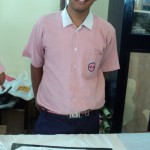


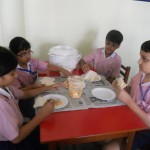
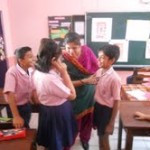

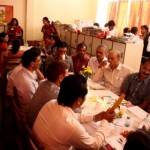
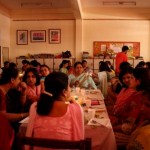

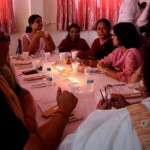
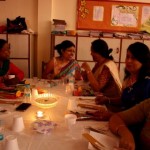
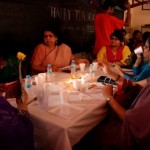
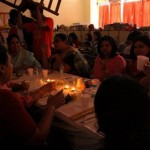

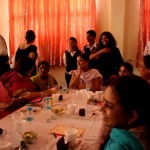
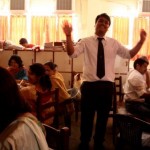

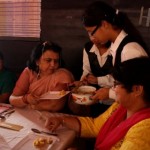
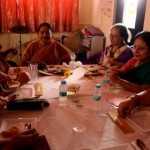


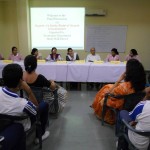

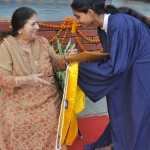



 Volunteer
Volunteer
 Work With Us
Work With Us
